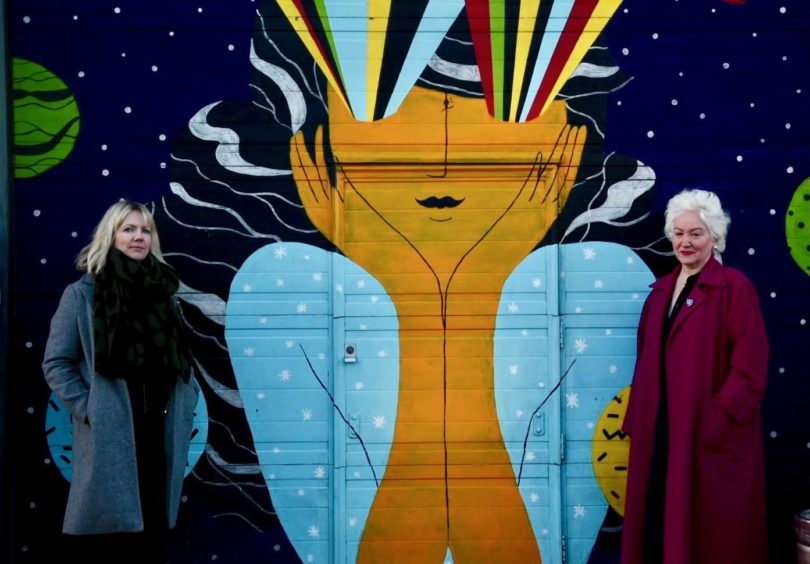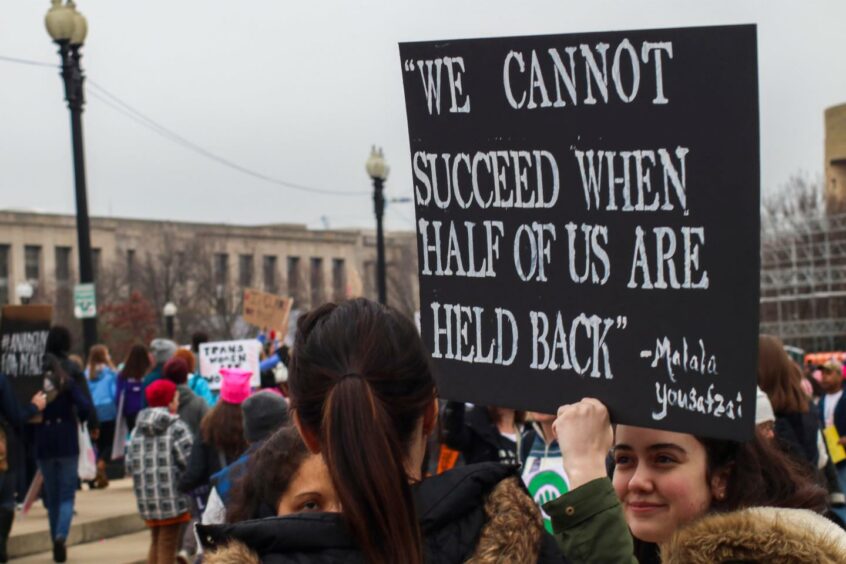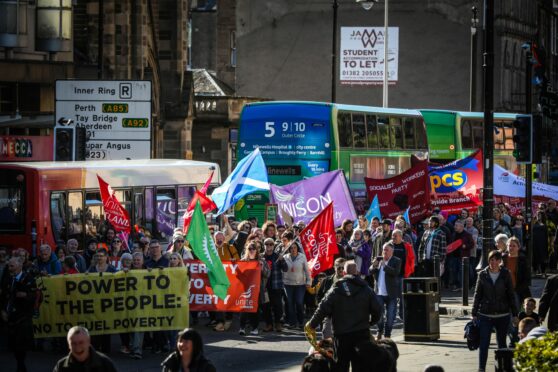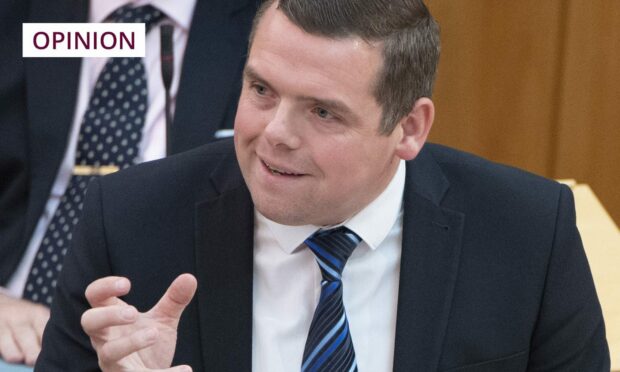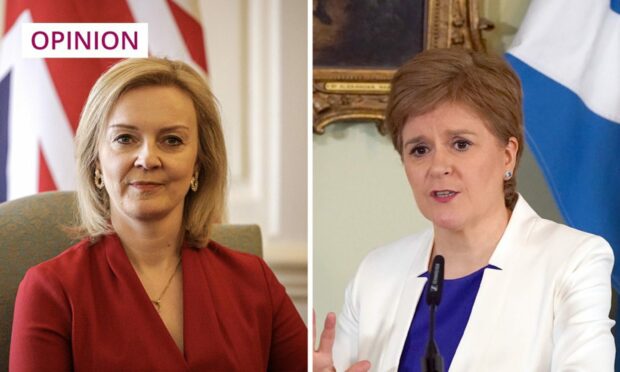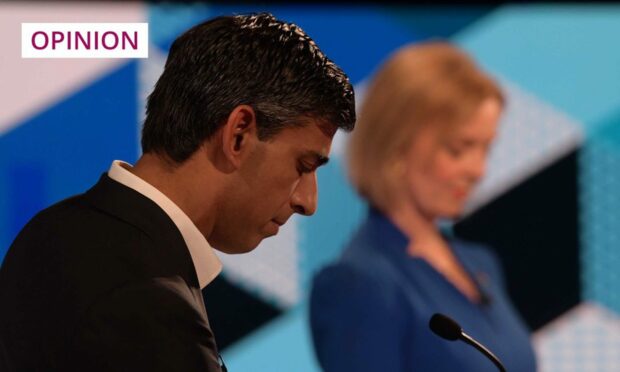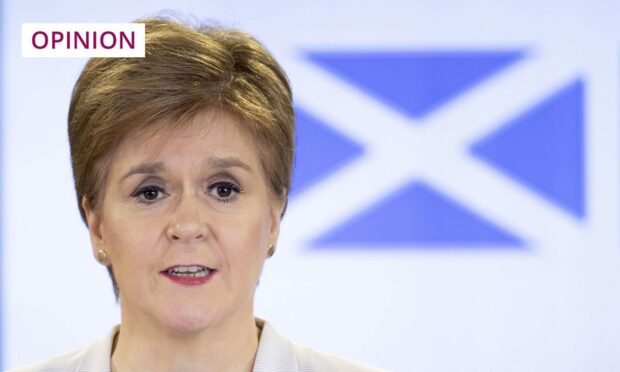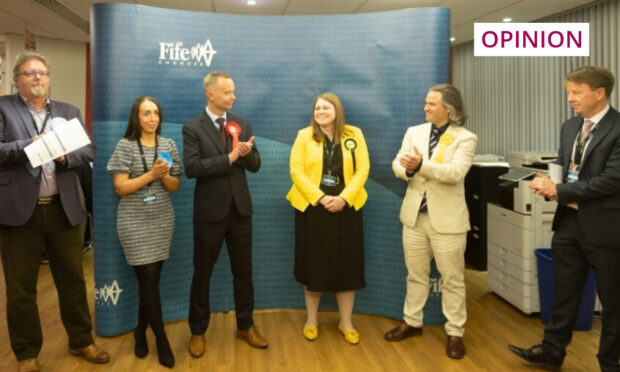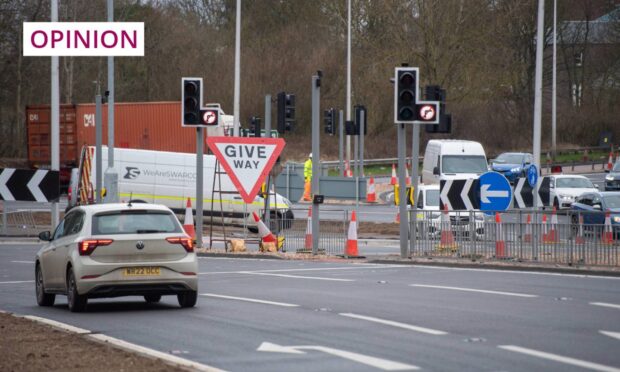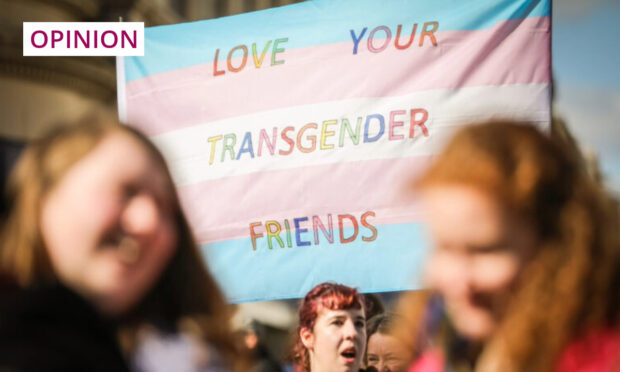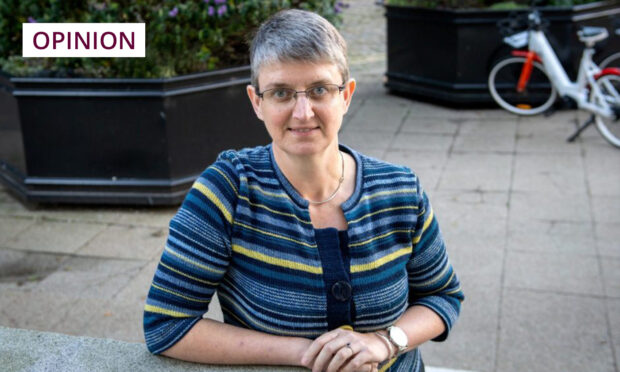March 8 is a day of celebration in many countries. Fathers, brothers and sons buy flowers and gifts for the women in their lives, to celebrate all that they have done for them.
International Women’s Day seems to have passed most Scots by though.
At least I didn’t get any flowers, but then what’s new?
No in the United Kingdom, if International Women’s Day is anything, it’s political.
It’s an opportunity for politicians and campaigners to highlight the plight and injustice faced by women.
One day, out of 365. The men can have the rest of them apparently.
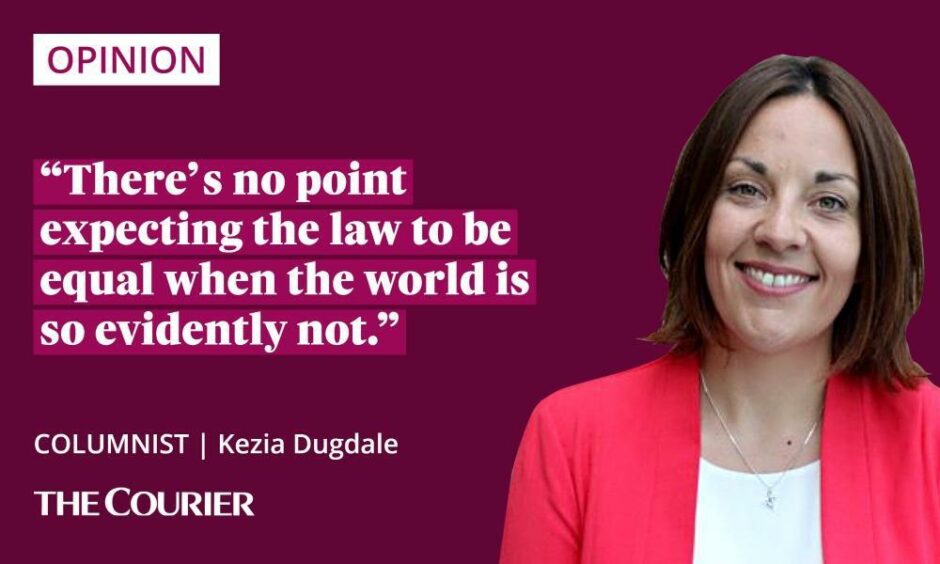
If I’m sounding cynical, it’s largely because I’ve grown a bit tired of the performative nature of it all.
That was until I witnessed not one but three amazing things happen on Tuesday and the first one even happened on Twitter.
Named and shamed on the gender pay gap
Social media is rarely a positive space for women. But this week a new Twitter account popped up called the PayGapApp.
It’s a bot – essentially a computer programme or a bit of coding designed to respond to a particular set of circumstances it finds online.
And this ingenious bot had all those performative attempts to mark International Women’s Day firmly in its sights.
This is brilliant campaigning. Well done @PayGapApp 👏👏👏 https://t.co/V1996GJD5f
— Bridget Chapman #StillFightingTheAntiRefugeeBill (@BridgeeCee) March 8, 2022
Every time a company tweeted about the amazing things it was doing to celebrate the work of its female employees, the bot retweeted it highlighting the gender pay gap of the organisation.
That’s the difference between what women are paid relative to the men within it.
Councils, companies, charities, no organisation was safe from having its hypocrisy exposed for all to see.
I’m not sure I’ve ever seen such a brilliant piece of campaigning that punctures the bravado with a cold, hard, publicly available fact.
Misogyny at the heart of witch accusations
Another campaign which achieved tremendous success this week was the one led by the Witches of Scotland group.
Nicola Sturgeon offered a posthumous apology for the 4,000 women who were accused, convicted and often prosecuted under the Witchcraft Act, at a time when women weren’t even allowed to give evidence in court.
Women punished largely for being poor, vulnerable, different – or frankly, just for being women.
The announcement was understandably lost in the maelstrom of a news cycle dominated by the war in Ukraine.
That’s a shame because, despite being largely symbolic, it sent a very clear and important message that misogyny is wrong.
The Witches Pardon won’t change the behaviour of any men today, but the final development in this trilogy of progress just might.
New crimes would address abuse of women
The eminent human rights lawyer and doughty feminist Baroness Helena Kennedy published a report on the prevalence of misogyny in the world today – and what to do about.
She’d been commissioned to do so by the Scottish Government just a little over a year ago and has been working with a team of experts on the proposals since.
Hearing from Baroness Helena Kennedy QC on a report making recommendations for new misogyny laws in Scotland.
She says “women breathe in misogyny” as part of their everyday lives. pic.twitter.com/gT8hpr6oHG— Hannah Brown (@HannahMargBrown) March 8, 2022
Her report argues for a new act of Parliament which would create three new crimes and make misogyny a statutory aggravation for existing ones, much like race or sexuality is at the minute.
There would be a new offence of stirring up hatred against women and girls and a new offence of public misogynistic harassment.
It would also be illegal to issue threats of rape or sexual assault or the disfigurement of women and girls.
Crucially both online and in the real world.
Other women’s rights campaigners have argued in the past for existing hate crime legislation to be amended to include sex, which on the face of it makes sense.
Yet Baroness Kennedy challenges that logic in this report convincingly.
She argues for a much more fundamental approach rooted not on the sex of the victims but on the misogyny of the perpetrators.
That’s a focus on men’s behaviour rather than women’s safety.
An approach which doesn’t start with something as extreme as hate but with the slow burn of male entitlement.
A step towards true gender equality
You might legitimately wonder what the law has to do with this when what we are really talking about is culture and patriarchy.
The purpose of the law though is to set boundaries, to draw the line at what’s criminal and therefore unacceptable.
These proposals wouldn’t make it illegal to be a misogynist.
But it would make an abusive act that stemmed from that misogyny a crime.
The law is supposed to apply to us all equally. So there might be some people out there who’ll be deeply anxious about a law which only applies to half the population.
We might not be burning witches at the stake anymore. But the everyday sexism women face today is evidence enough for me that there’s no point expecting the law to be equal when the world is so evidently not.
It’s work like this which will make gender equality real, not just for a day but a lived reality for a lifetime.

